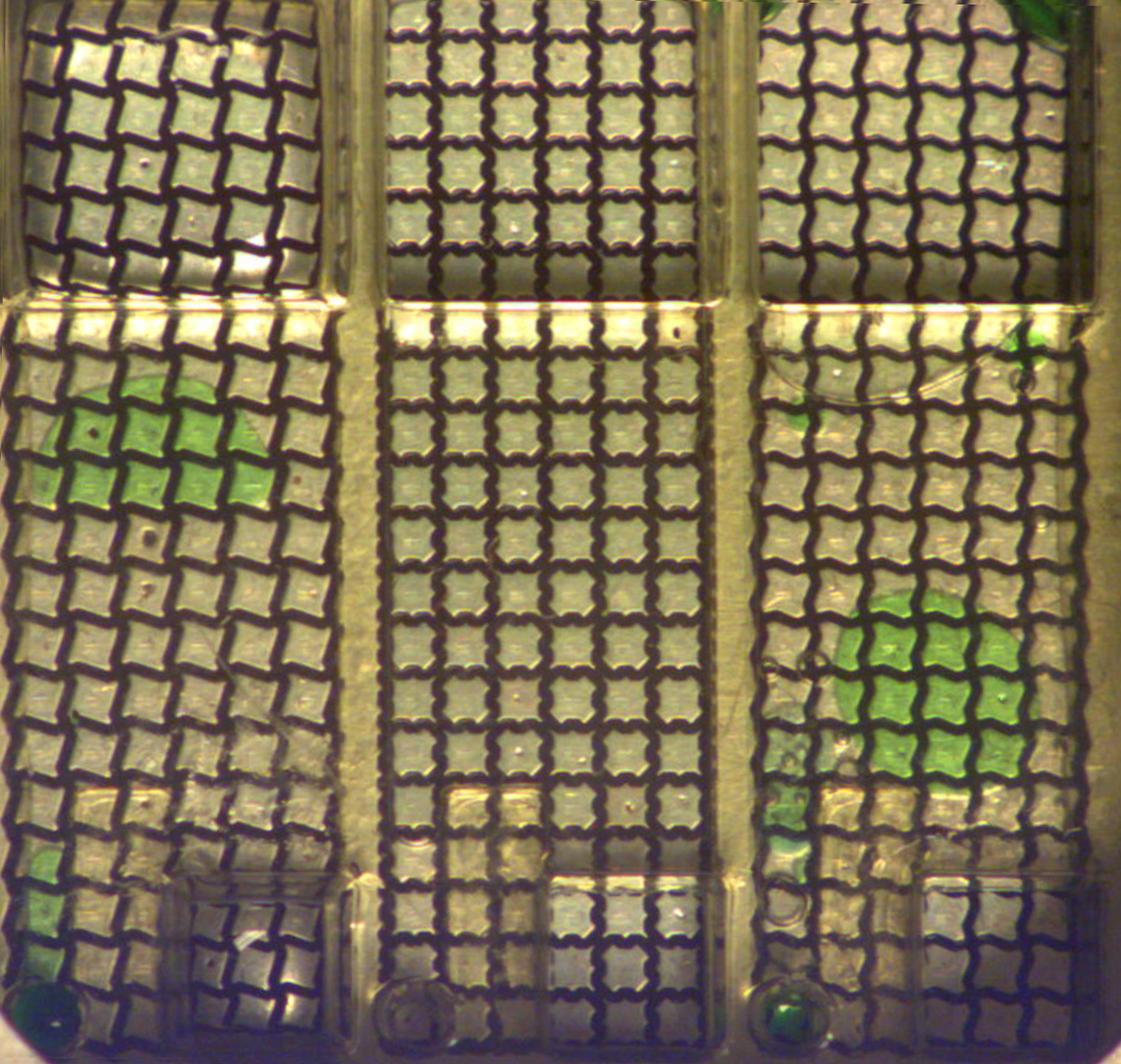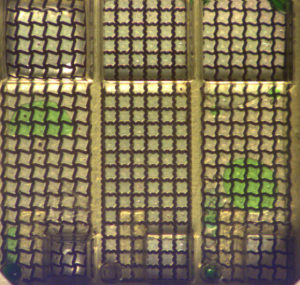The U.S. Department of Energy’s (DOE’s) Lawrence Berkeley National Laboratory (Berkeley Lab) is part of a multi-laboratory working group that recently received DOE Office of Science funding under the Coronavirus Aid, Relief, and Economic Security (CARES) Act to conduct R&D to help improve the nation’s COVID-19 testing capabilities.
The research is taking place under the umbrella of DOE’s newly established National Virtual Biotechnology Laboratory, a consortium of DOE national laboratories with core capabilities relevant to the threats posed by COVID-19.
The testing research working group involves eight DOE national labs and is funded for the next six months.
The working group identified several opportunities where additional R&D can improve existing COVID-19 diagnostic methods or help develop new capabilities for current and evolving pandemic needs. The opportunities capitalize on national lab strengths and expertise, and will help the nation prepare to scale up testing in the future when needed.
The eight national labs formed five teams to take on different facets of the R&D work. Berkeley Lab scientists lead three of the teams, and contribute to a fourth.
- Rebecca Abergel, a faculty scientist in the Chemical Sciences Division, is leading a team to help establish validated alternatives to the instruments and reagents used for the currently approved diagnostics. This effort will provide normalized protocols to the broader community.
- Blake Simmons, director of the Biological Systems and Engineering Division, is co-leading a team with Sandia National Laboratories to evaluate the performance of a prototype digital microfluidic platform to miniaturize the assay used to detect COVID-19, which has the potential to increase sample throughput, and reduce processing time and reagent usage compared to current CDC-approved assays.
- Adam Arkin, a senior faculty scientist in the Environmental Genomics and Systems Biology Division, is leading a team that is developing computational approaches to develop and optimize COVID-19 diagnostic tests, detection methods, and other applications.
- Paul Adams, director of the Molecular Biophysics & Integrated Bioimaging Division, is part of a team led by Argonne National Laboratory that is exploring structure-based protein design for diagnostics. The team will perform high-throughput X-ray scattering experiments at the Advanced Light Source, a DOE Office of Science user facility located at Berkeley Lab.
The R&D work at Berkeley Lab will be conducted within the constraints imposed by the current “safe and stable standby” status of the Lab, which includes minimal on-site staffing to help ensure the health and safety of Lab staff and the community.
The research is among a wide range of COVID-19 related research projects underway at Berkeley Lab, which has capabilities and facilities that are being called into action to quickly assist in the national COVID-19 response.
###
Founded in 1931 on the belief that the biggest scientific challenges are best addressed by teams, Lawrence Berkeley National Laboratory and its scientists have been recognized with 13 Nobel Prizes. Today, Berkeley Lab researchers develop sustainable energy and environmental solutions, create useful new materials, advance the frontiers of computing, and probe the mysteries of life, matter, and the universe. Scientists from around the world rely on the Lab’s facilities for their own discovery science. Berkeley Lab is a multiprogram national laboratory, managed by the University of California for the U.S. Department of Energy’s Office of Science.
DOE’s Office of Science is the single largest supporter of basic research in the physical sciences in the United States, and is working to address some of the most pressing challenges of our time. For more information, please visit energy.gov/science.

